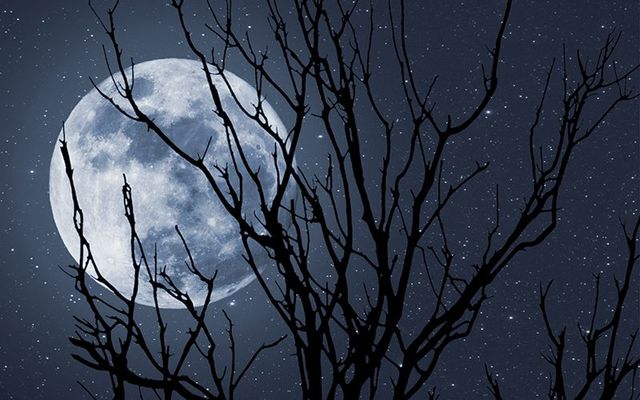The moon will appear to standstill as it rises above the 5,000-year-old Bronze Age stone altar in Bonane Heritage Park, in Kenmare, County Kerry.
At Bonane Heritage Park a rare event will take place for the first time in 18 years on the Summer Solstice, Friday, June 21, 2024. The "Altar of the Moon", built 5,000 years ago was built with the moon’s most southernly rising point in mind. The altar is located next to a stone circle, one of the few ancient sites in the world that marks a major standstill of the moon.
The ancient altar at Bonane is part of Bonane Heritage Park, which features a range of archaeological sites, including stone circles, standing stones, and ancient burial sites. These sites date back to the Bronze Age and earlier.
This Friday crowds will gather, for a ticketed event, to watch the moon rise over the Altar, the Irish Independent reports.
"The Summer Solstice sun-rise which you can observe from the stone circle in the Heritage Park on the morning of 21st June each year is a spectacular sight.
When you stand in the stone circle, look east at a cairn on the horizon, the sun will rise directly behind the cairn at 6.40am. It then shines down over the Fulacht Fiadh [field kitchen] and in through the two entrance stones and onto the boulder burial to form a perfect alignment," the Bonane Heritage Park explains.
"On the same evening, you can observe the Summer Solstice sunset by looking to the northwest from the center of the stone circle. When the full disc of the sun touches a rock on the horizon at 9.15 pm it forms a perfect alignment with the ringfort by the river and the standing stone in the Heritage Park, and then onto the center of the stone circle.
"Once the sun touches the hill top it disappears below the horizon in a mere four minutes."
A lunar standstill is a phenomenon that occurs every 18.6 years when the moon reaches its northernmost and southernmost extremes of declination. During these periods, the moon appears to stand still at its maximum or minimum elevation for several nights.
The altar and surrounding structures at Bonane are believed to have been constructed with a deep understanding of astronomical cycles. During a major lunar standstill, the moon's position at its northernmost or southernmost points aligns with specific points on the horizon as viewed from the altar.
For ancient peoples, such alignments would have had great significance, possibly related to agricultural cycles, spiritual beliefs, and the marking of time. The precise alignment of the stones suggests a sophisticated understanding of both lunar and solar movements.

Love Irish history? Share your favorite stories with other history buffs in the IrishCentral History Facebook group.
The altar and surrounding structures would have been central to the spiritual and ritual life of the community. These activities might have included ceremonies to honor deities, ancestors, and nature, as well as rites related to agriculture and seasonal changes.
The site likely served as a communal gathering place where people from the surrounding area would come together for important events, reinforcing social bonds and shared cultural practices.
Today, this event attracts archaeologists, astronomers, and tourists who gather to witness and study the interplay of natural and man-made elements. It serves as a reminder of the advanced astronomical knowledge possessed by ancient cultures and their ability to integrate this knowledge into their ceremonial and daily lives.
In recent decades, Bonane Heritage Park has become a focus of archaeological study and preservation. Researchers have worked to uncover the site's history and understand the complex interplay of cultural and astronomical elements.
The site is managed as a heritage park, attracting tourists, scholars, and enthusiasts. Educational programs and guided tours help visitors appreciate the historical and cultural significance of the ancient altar and the broader archaeological landscape.




Comments